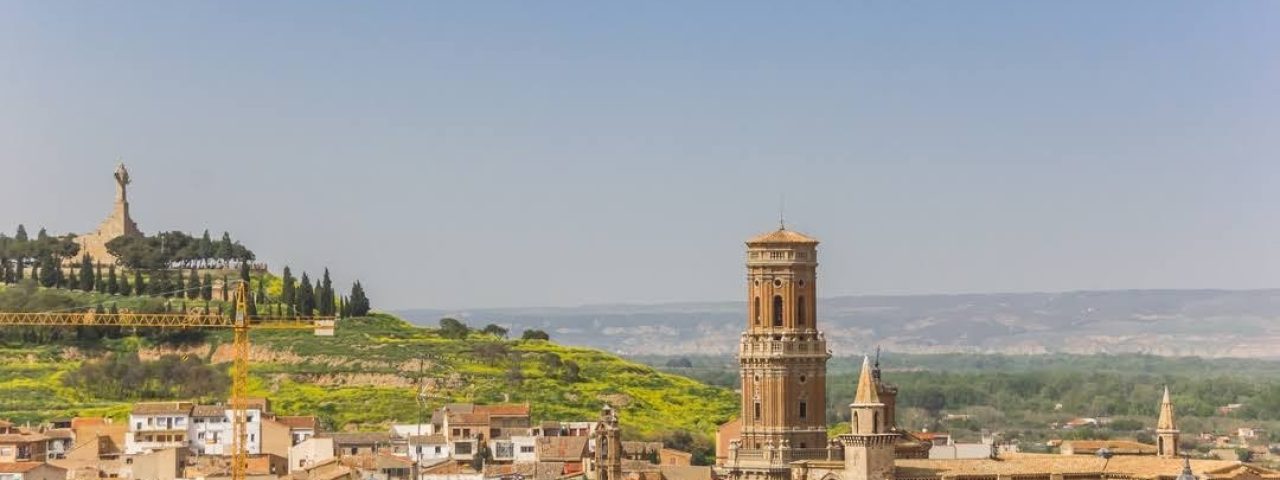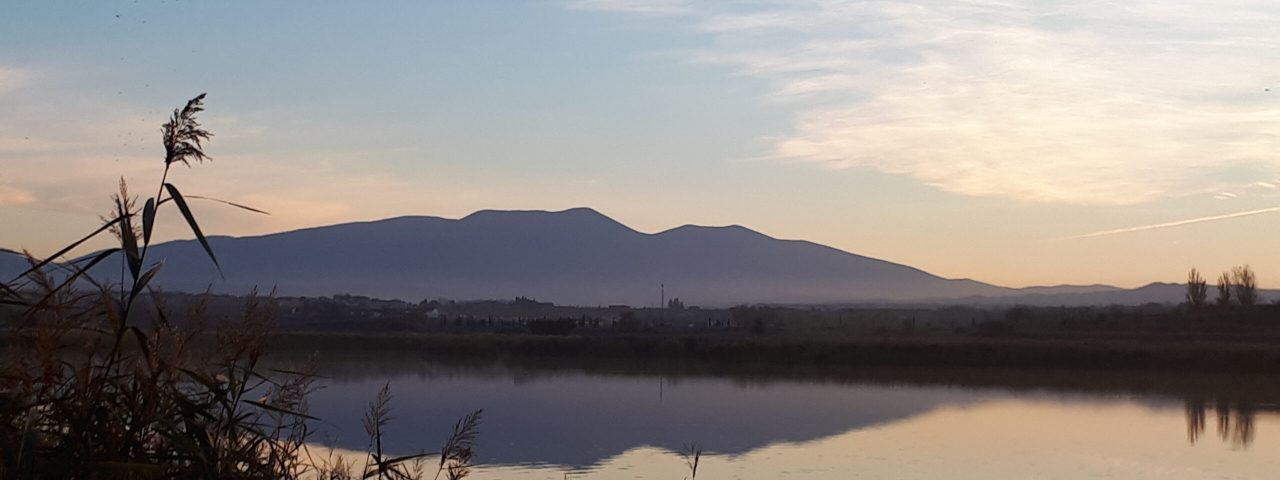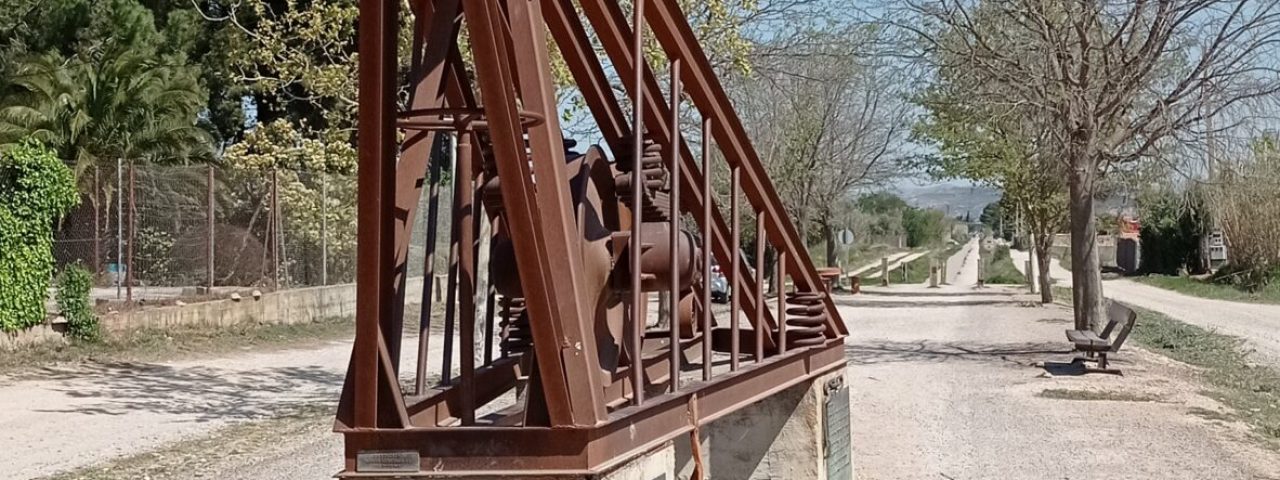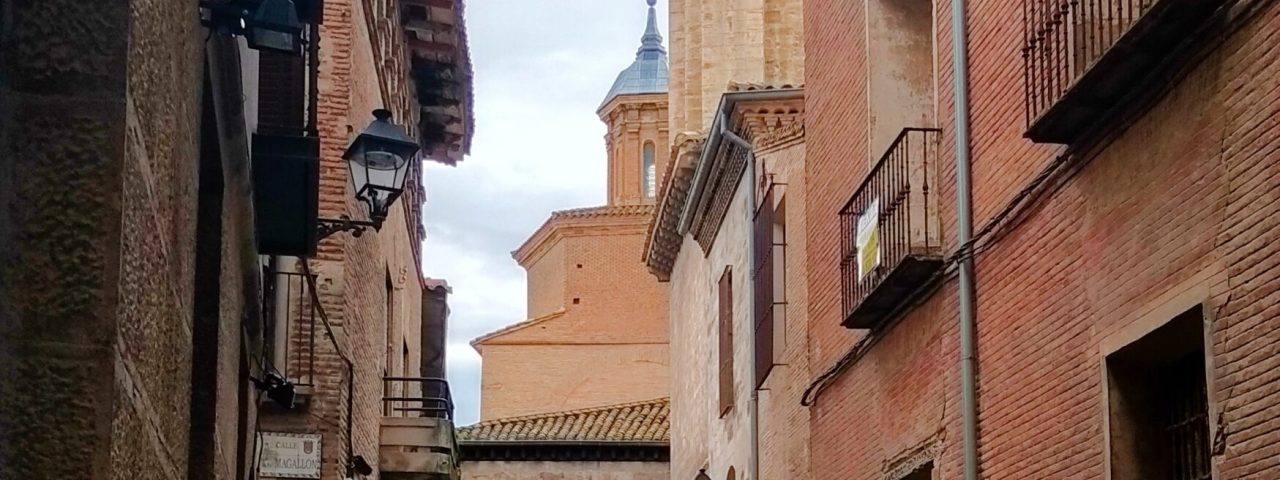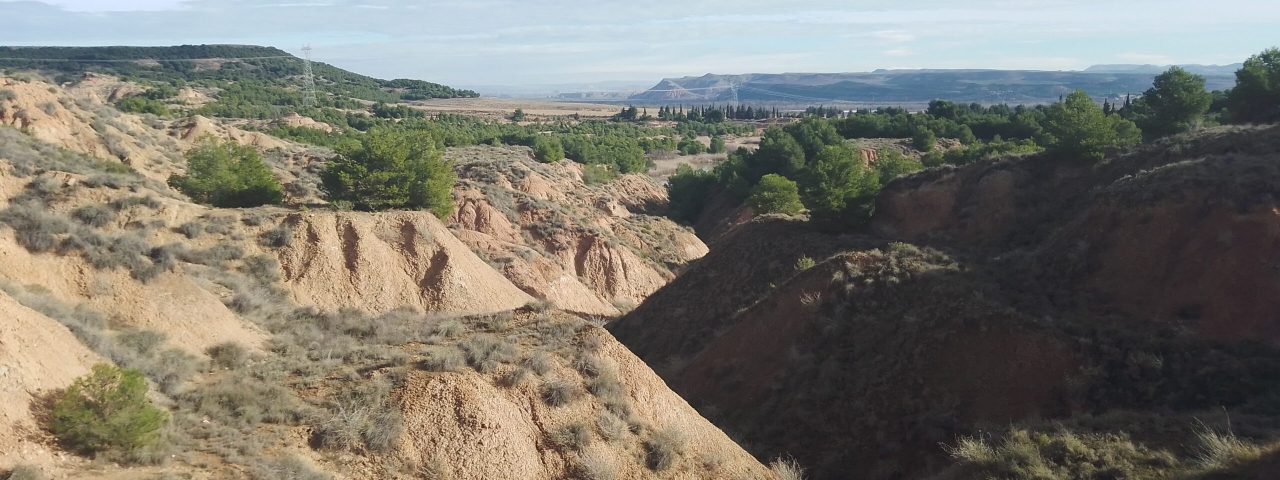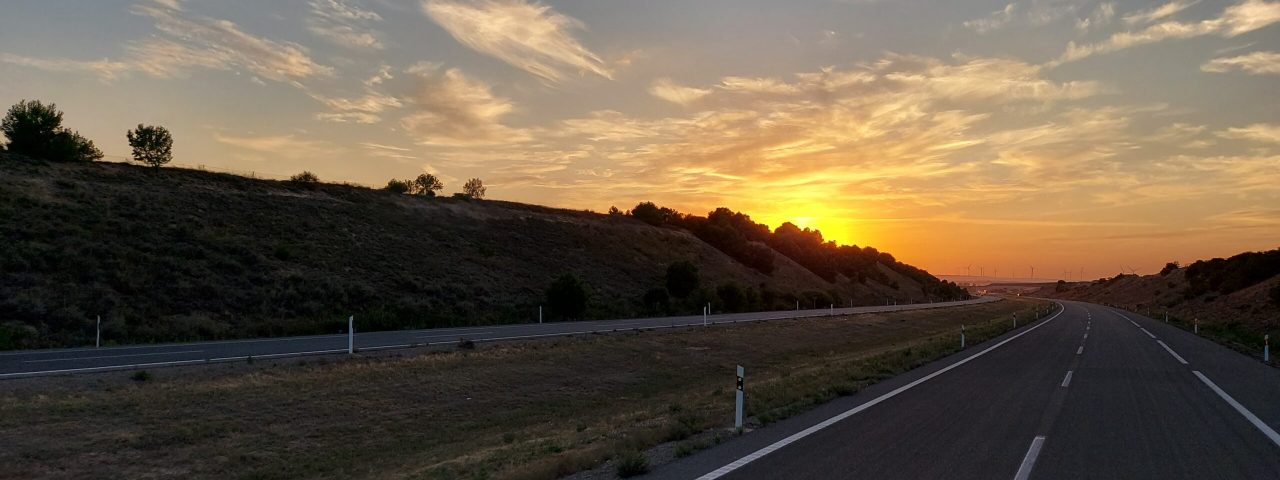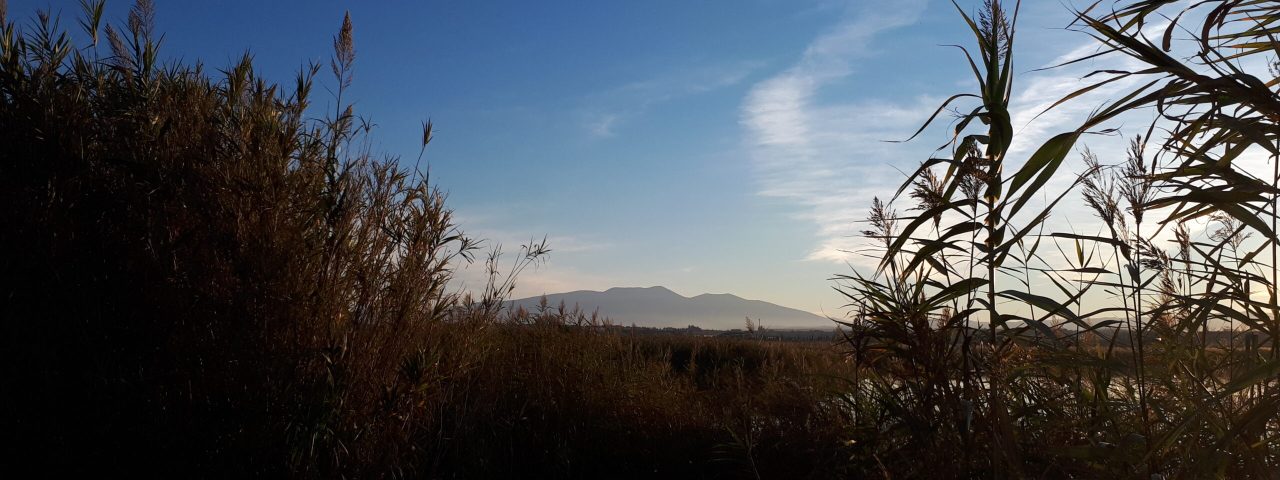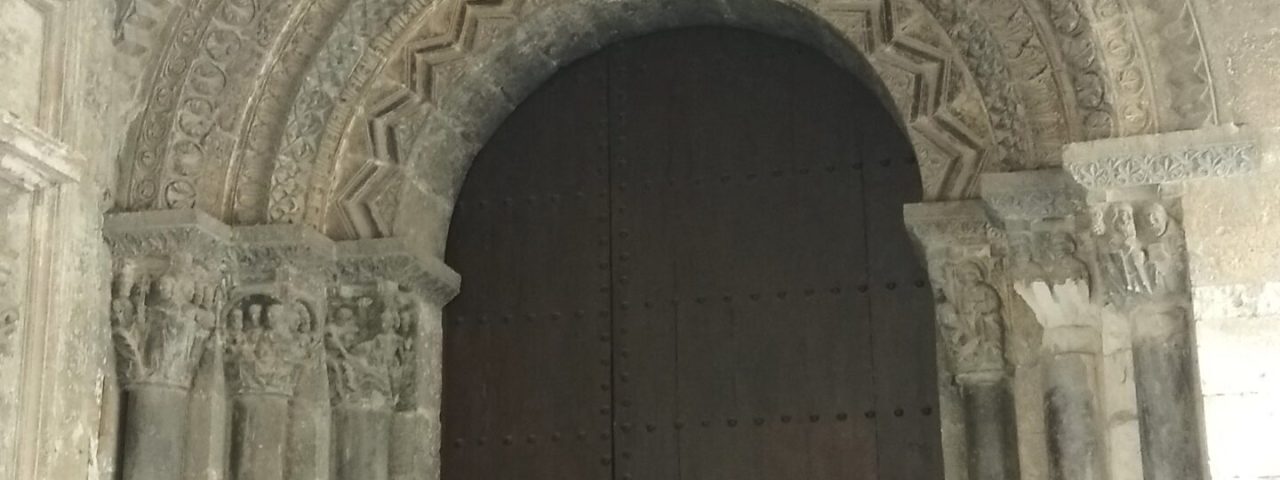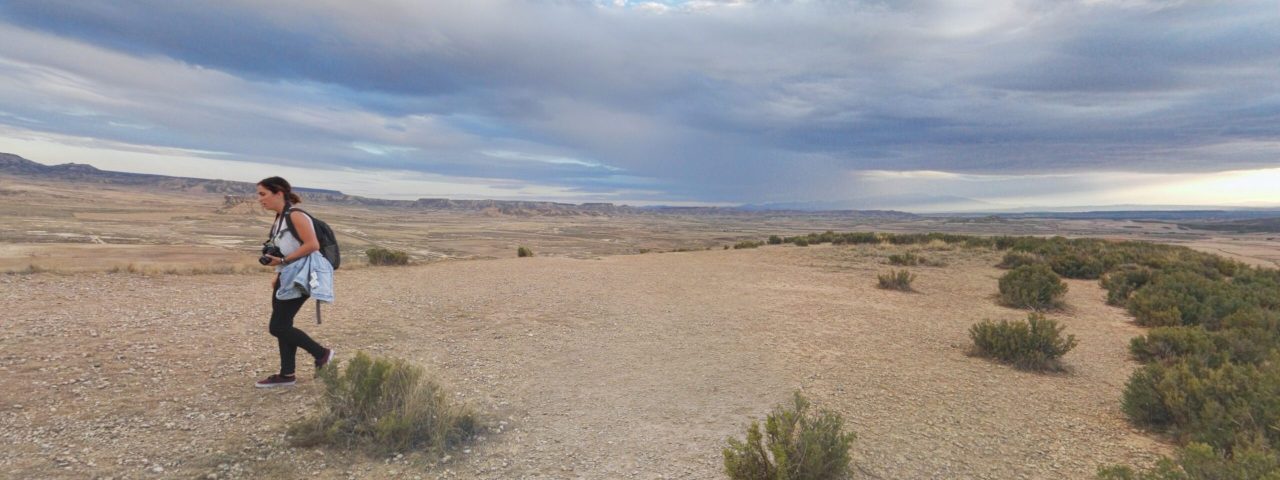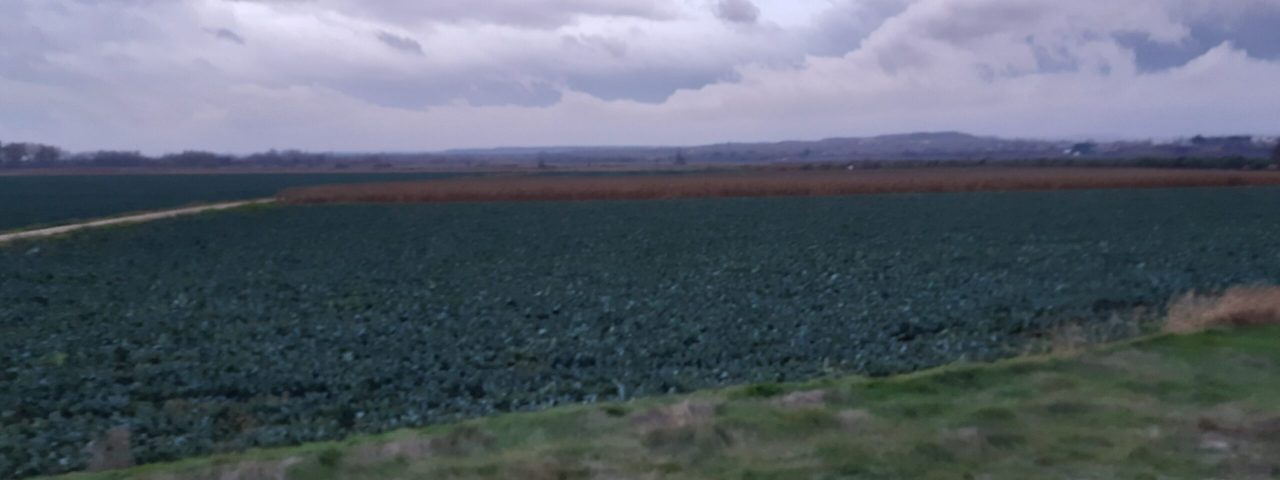Tudela has a rich history that dates back to Roman times, though it reached its cultural peak under Moorish rule. Established as an important Islamic settlement in the 9th century, Tudela became a key center of learning and trade. The city remained under Muslim control for over 400 years until it was reconquered by Christian forces in 1119 during the reign of King Alfonso I of Aragon. This mix of Roman, Moorish, and Christian influences has left a lasting mark on Tudela’s architecture, traditions, and culture.
One of the most celebrated aspects of Tudela’s culture is its annual festivals. The city hosts the “Fiestas de Santa Ana,” which take place every July, honoring its patron saint. This week-long celebration includes traditional music, dances, religious processions, bullfighting, and fireworks, drawing both locals and visitors to its lively streets. Another key event is the “Festival de las Verduras,” which celebrates Tudela’s agricultural heritage with culinary competitions, workshops, and tastings focused on the region’s famous produce.
Local customs are deeply rooted in the city’s diverse cultural heritage. The city’s mix of Christian and Moorish traditions can still be seen in its festivals, religious observances, and even its architecture. Visitors to Tudela can explore landmarks such as the Catedral de Santa María de Tudela and the Plaza de los Fueros, which offer a glimpse into the city’s historical layers.
